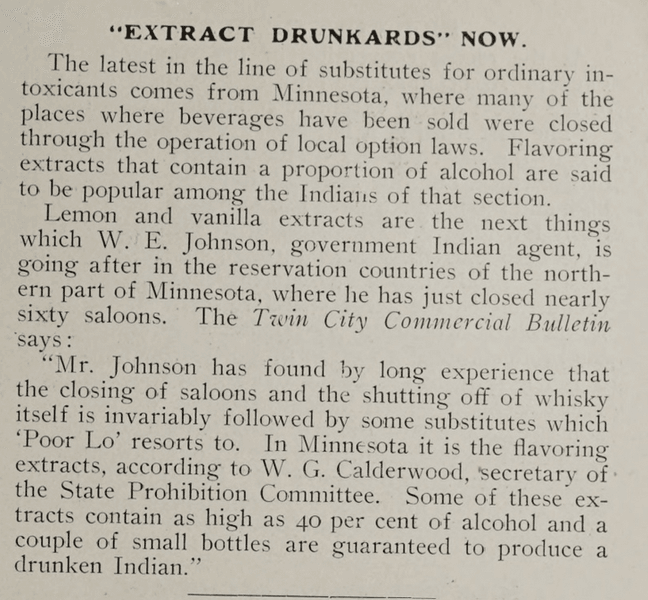Sublime
An inspiration engine for ideas
The seven men let their arrows fly. Each found its mark in a soft part of Bone Bull’s body: his neck, his flanks, the hanging folds of his belly. With each shot, the monstrous Buffalo’s efforts grew weaker…until the last breath squeezed from him and he collapsed. The herd was grunting in despair. ‘You!’ the Cottonwood called to them. ‘You all
... See moreRosalind Kerven • NATIVE AMERICAN MYTHS: Collected 1636–1919


They learned that there were certain things that would never be theirs: higher noses, fairer complexions, longer legs that might
Julie Otsuka • The Buddha in the Attic
Zhaanat’s knowledge was considered so important that she had been fiercely hidden away, guarded from going to boarding school. She had barely learned to read and write on the intermittent days she had attended reservation day school. She made baskets and beadwork to sell. But Zhaanat’s real job was passing on what she knew.
Louise Erdrich • The Night Watchman: A Novel
These removals were done by “friends” of Indians who wanted to solve the “Indian problem” with the classic liberal solution to all social problems: education.
Daniel R Wildcat • Red Alert!: Saving the Planet with Indigenous Knowledge (Speaker's Corner)
Coyote knew a thing or two about untamed animals.
Chuck Palahniuk • Make Something Up
Aphra Behn’s 1678 novel Oroonoko.
Richard Amory • Song of the Loon (Little Sister's Classics)
American Indian ethnohistorian David Rich Lewis gives a convincing history of the invention of the modern equivalent of the Noble Savage, the trope of ‘Ecological Indian’, tracing it through 60s counterculture, the Crying Indian of the 1970s’ ‘Keep America Beautiful’ advertising campaigns, a script writer’s creation of a fictional speech by Chief
... See more